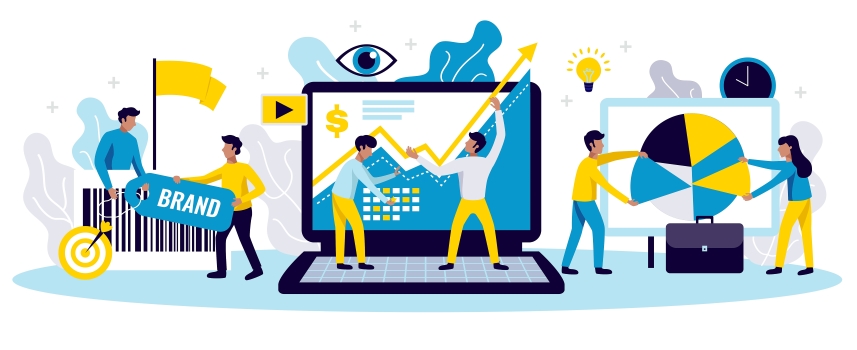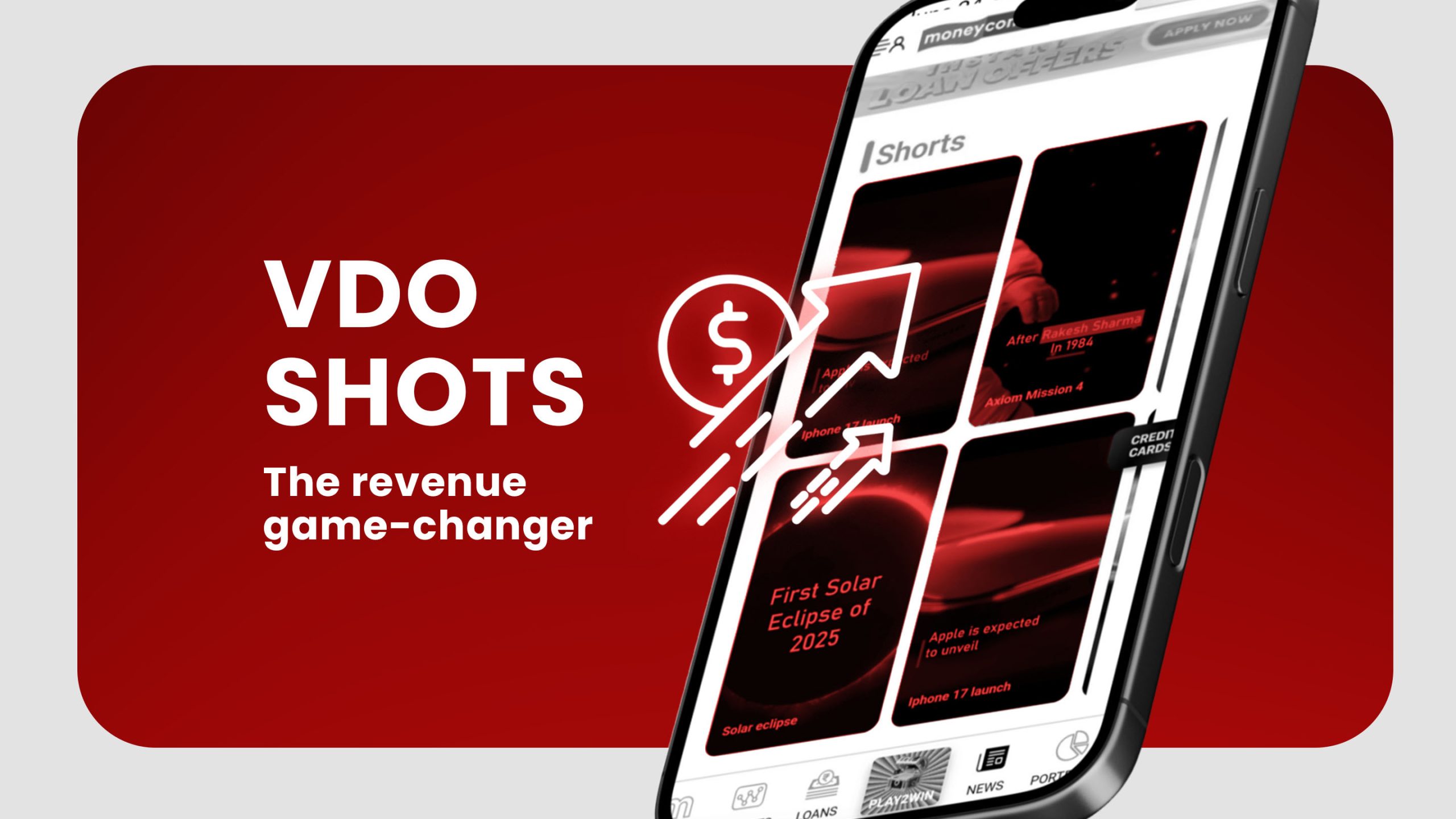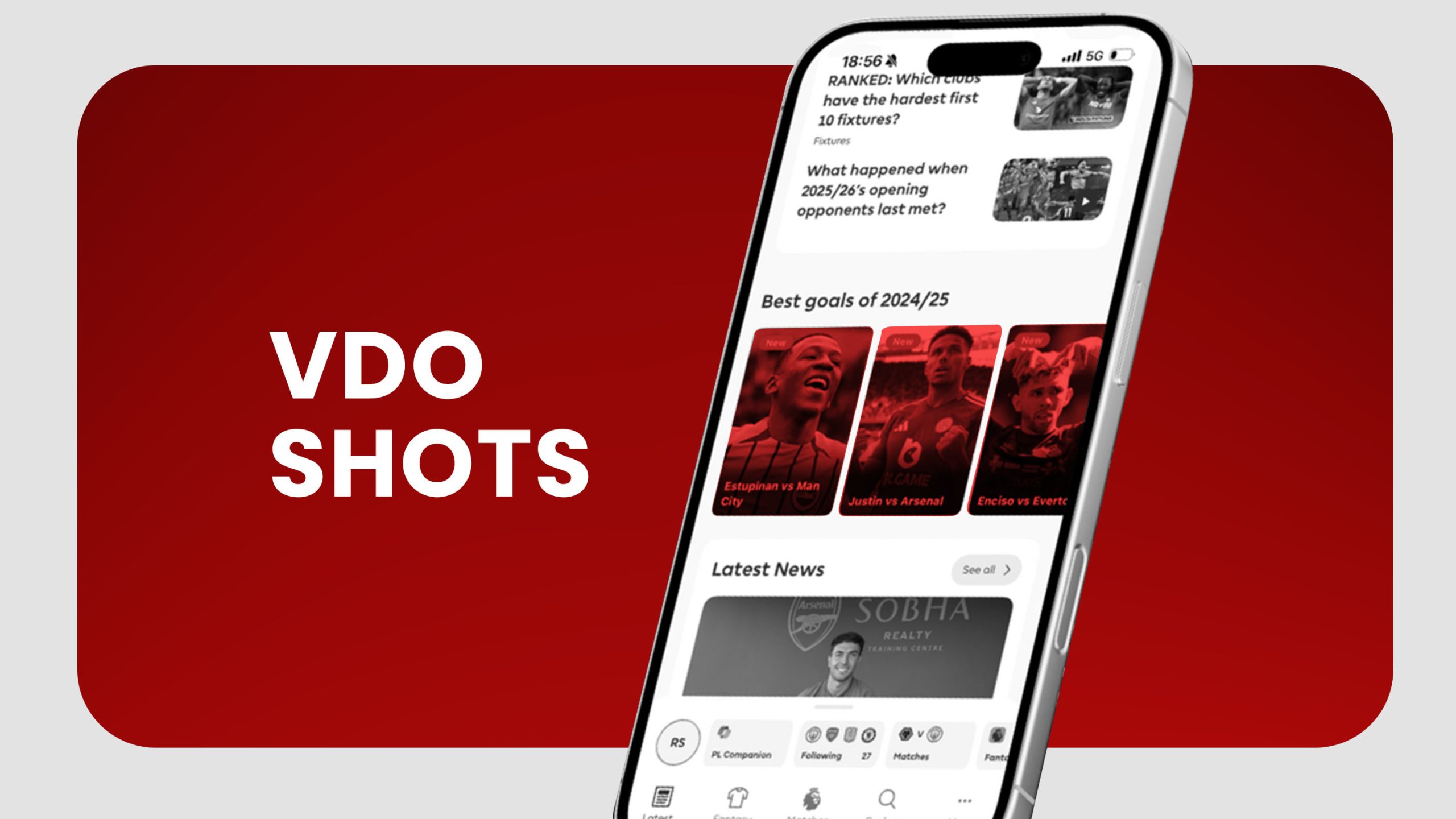Gone are the days when advertisers could call publishers and create a deal merely by word of mouth. Most publishers and advertisers have now adopted programmatic advertising because it automates the process as well as helps to earn in real-time. However, automated technology draws the need for the use of various tools and techniques to organize campaigns better. Demand-side platform (DSP) and data management platform (DMP) are two such technologies that all members of the digital advertising ecosystem must be aware of. The debate of DSP vs DMP has been around for quite some time.
This blog will cover everything about DSP vs DMP – the similarities, the differences as well as their hybrid model.
What is a Demand-Side Platform?
Demand-Side Platform (DSP) helps advertisers and buyers in maintaining demand during a real-time auction. With the help of DSP, advertisers can buy relevant inventory from the marketplace. DSP also ensures that advertisers can stay informed of all upcoming auctions.
In simple words, demand-side platforms for advertisers are exactly how supply-side platforms (SSPs) are for publishers. They help make advertisers’ work easy and efficient. This ultimately helps them catch better deals.
DSPs can minimize some of the most prominent flaws with traditional one-on-one deals, such as:
- Time-intensive process
- Negotiation efforts
- Limited audience reach
- The high cost of advertising, etc.

How Do DSPs Work?
While real-time bidding happens in less than a second, DSPs perform a series of actions within this split second. It starts with a user visiting a publisher’s website and advertisers having a campaign ready which targets a particular set of users. For instance, the campaign requires users between the age of 20-30 years who have a plan of studying abroad.
So once a DSP will understand the campaign instructions, it will start communicating with multiple ad exchanges for a target user. And once a user appears, the SSPs will provide the ad exchange with the user data. If it matches the requirement of the campaign, an auction will be carried out and the DSPs will make a bid as per the prices defined by the publisher. And this is how an ad is displayed while helping both publishers as well as advertisers earn.
What is a Data Management Platform?
Data makes online advertising efficient. In order to deal with massive volumes of data being generated every day, publishers and advertisers are always looking for new ways to assemble, store as well as analyze data. This is especially relevant in current as well as upcoming times when third party cookies are going to be obsolete.

As the name suggests, data management platforms help publishers in managing, regulating, storing, and examining the data that they obtain from first-party, second-party as well as third-party sources. With the help of DMPs, the publishers can aggregate first and third-party data mainly for the purpose of audience segmentation. This ultimately assists in selling their inventory more efficiently because seizing a more relevant audience improves the targeting of ads.
DSP Vs DMP: The Differences
While DSPs and DMps bear a few similarities, that is where their differences arise as well. Despite the similarities, DSPs and DMPs are used for totally different purposes. In a nutshell, DSPs are designed to collect data for advertisers. They help marketers in placing their bids, buying impressions as well as monitoring their ad campaigns.
On the other hand, a DMP helps with audience segmentation, in terms of behavioral, demographic, psychographic metrics. It also helps in the analysis of engagement, retention, and acquisition.
| Category | DSP | DMP |
| Used By | Advertisers and buy-side parties | Publishers, advertisers, as well as other intermediate parties |
| Purpose | Only used for real-time bidding. | Used for obtaining actionable insights through analysis of data, audience segmentation, omnichannel marketing, etc |
| Data Collection | DSPs can accumulate data from advertising campaigns only. Their data collection is very limited. | DMPs can accumulate data from a variety of sources like CRMs, website forms, etc. There is an unlimited scope for collecting data. |
| Data Privacy | Consumer data is not that well protected in a DSP as it can be further used for marketing campaigns for better reach. | Consumer data is not that well protected in a DSP as it can be further used for marketing campaigns for better reach. |
| Data Portability | DSPs have very limited data portability and mostly cannot transfer data to other platforms. | DMPs allow portability of data to other platforms such as SSPs, DSPs, etc. This happens because DMPs allow seamless integration with other platforms. |

What is a DMP-DSP Hybrid?
As far as media buying is concerned, there are some similarities between DMP and DSP. As a result, digital advertising vendors have started trading a DSP-DMP hybrid model, instead fo selling standalone platforms.
In simple terms, a DSP-DMP hybrid has the consolidated capacities of data management as well as media buying. This hybrid model is powerful because it can fix the redundant requirement of investing in two different platforms.
While investing in the hybrid model might seem like an obvious choice for members of programmatic advertising, it has its own limitations. Here is a comparison to see how the DSP-DMP hybrid performs as compared to DMPs and DSPs.
| Category | Demand-Side Platform | Data Management Platform | DSP-DMP Hybrid |
| Data Security | Data can be used for other media campaigns. Hence, not secured. | Data is well guarded and secure. This is particularly the case in white label DMPs in which the owner has the individual right over that data. | Security might be jeopardized because of vendors obtaining third-party data for their own use. |
| Data Management and Media Buying | It only offers media buying. | It is only useful for data-related needs such as segmentation, storage, etc. | Offers both data management and media buying. |
Another thing to note is that pricing is also a significant factor while picking between the DSP-DMP hybrid or the platforms exclusively. The hybrid is less expensive when compared to the standalone platforms.
Concluding Words
In the end, the decision of choosing between these technologies comes down to one thing – the objectives of a business. If your primary goal is data collection and audience segmentation, then the correct choice would be a DMP. Whereas, if media buying is your end goal, then pick a DSP. Basically, if you are clear about your objectives, then the DSP vs DMP debate can settle easily for any organization.
FAQs:
1. What is a Demand-Side Platform?
Demand-Side Platform (DSP) helps advertisers and buyers in maintaining demand during a real-time auction. With the help of DSP, advertisers can buy relevant inventory from the marketplace. DSP also ensures that advertisers can stay informed of all upcoming auctions.
2. How Do DSPs Work?
Once a DSP will understand the campaign instructions, it will start communicating with multiple ad exchanges for a target user. And once a user appears, the SSPs will provide the ad exchange with the user data. If it matches the requirement of the campaign, an auction will be carried out and the DSPs will make a bid as per the prices defined by the publisher.
3. What is a Data Management Platform?
As the name suggests, data management platforms help publishers in managing, regulating, storing, and examining the data that they obtain from first-party, second-party as well as third-party sources. With the help of DMPs, the publishers can aggregate first and third-party data mainly for the purpose of audience segmentation.
4. What is a DMP-DSP Hybrid?
In simple terms, a DSP-DMP hybrid has the consolidated capacities of data management as well as media buying. This hybrid model is powerful because it can fix the redundant requirement of investing in two different platforms.







